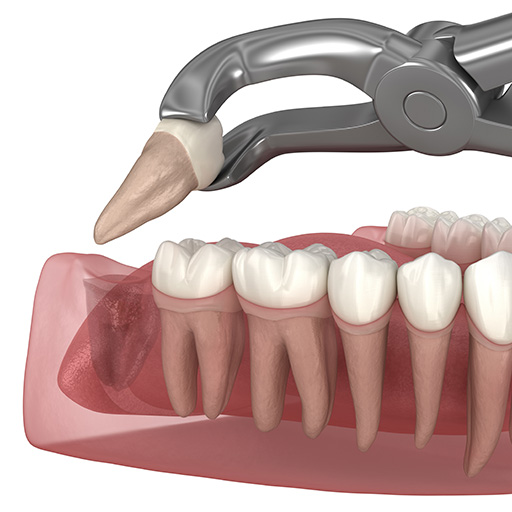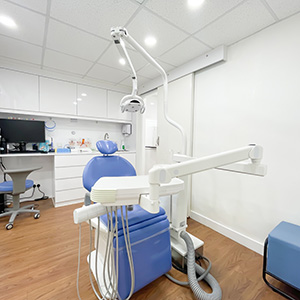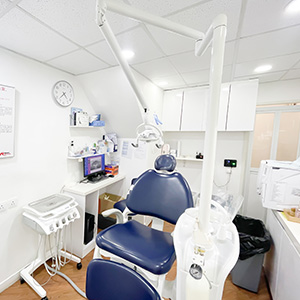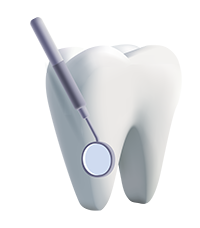Non-Surgical Tooth Extraction
Home > Oral Services > General Dentistry – Non-Surgical Tooth Extraction

Non-Surgical Tooth Extraction
Tooth extraction is the process of removing a tooth that has severe issues or is not suitable for preservation, such as severely decayed or fractured teeth. Typically, the procedure does not require general anesthesia or surgery. However, if a tooth is impacted or located very close to a nerve, surgical extraction may be necessary.
Sometimes, during other dental treatments such as orthodontic procedures, a dentist may recommend tooth extraction. Tooth extraction can be categorized into non-surgical and surgical methods, each with its own applications and treatment procedures.
Procedure for Non-Surgical Tooth Extraction:
- Oral Examination: The dentist will conduct a detailed examination of your mouth and teeth and may arrange for dental X-rays to assess the tooth’s position, length, and the condition of the surrounding alveolar bone to determine the most suitable extraction method.
- Local Anesthesia: The dentist may use local anesthesia around the tooth area to ensure you do not feel discomfort or pain during the extraction.
- Extraction: The dentist will use a dental elevator to loosen the tooth and then extract it using forceps.
- Post-Extraction Care: After the tooth is removed, you may be instructed to bite down on a piece of gauze for 30 minutes to an hour to control bleeding.
It is essential to follow your dentist’s post-extraction care instructions to promote proper healing and prevent complications.
FAQ
- When Is Tooth Extraction Necessary?
- What Are The Differences Between Surgical And Non-Surgical Tooth Extraction?
Cases where tooth extraction may be necessary include:
- Severe periodontal disease leading to bone loss and tooth mobility
- Improper tooth positioning causing damage to surrounding tissues and infection
- Teeth that are too damaged by severe decay or fracture to be repaired
- Abnormal tooth appearance or structure
- Supernumerary teeth (extra teeth)
- Necessary for orthodontic treatment or other dental procedures
- Pathological reasons such as teeth associated with tumors
Non-surgical tooth extraction is typically used for simpler cases where the dentist believes the tooth can be removed without surgery.
The dentist will administer local anesthesia at the extraction site to ensure painlessness and then use dental instruments to remove the tooth. The process does not involve surgery or sutures.










